
The Price Of Adventure: How Much Does A Continent-Scale Expedition Really Cost?
While living on the road, it becomes plainly clear the size of our adventures are limited mainly by our savings accounts. As much as we don’t want it to be t...
There are important “tread lightly” principles overlanders and campers should adhere to treat surrounding areas (and people) with respect to preserve the environment and the planet for years to come.
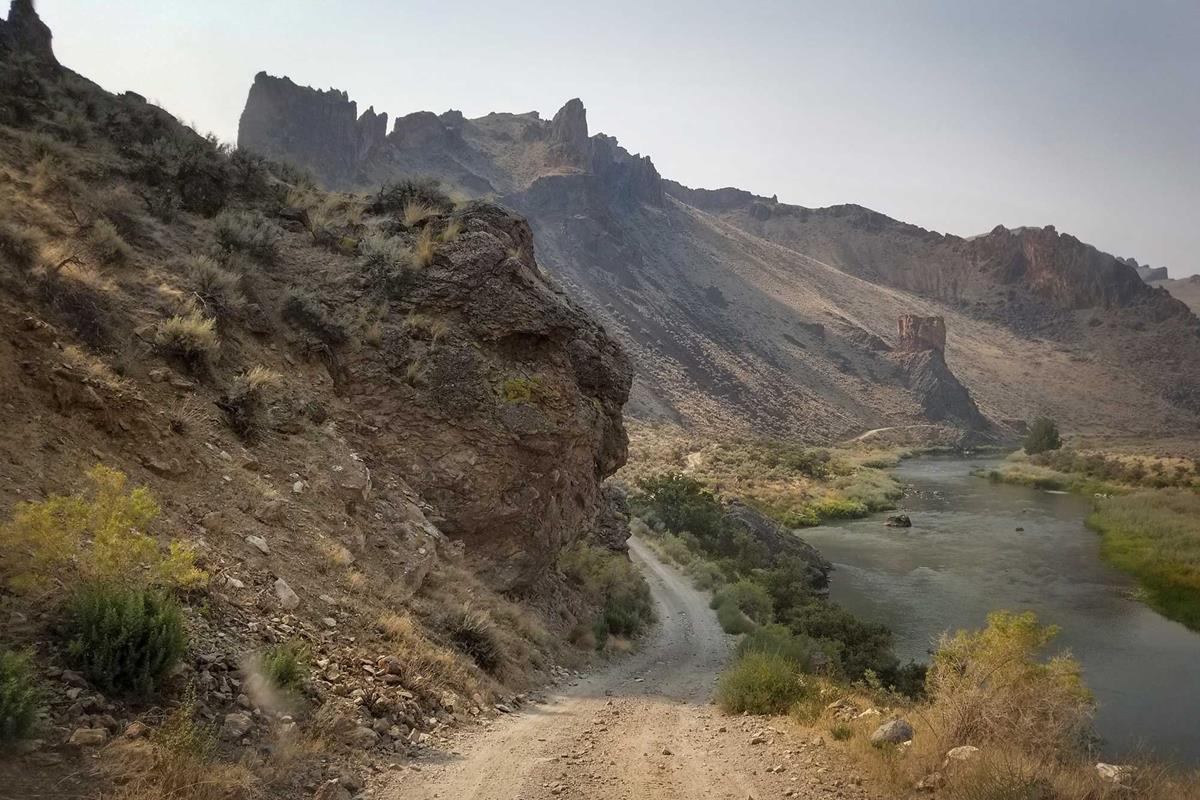
Practicing how to tread lightly can make vehicle-based outings even more profound, especially if those around you exercise the same principles. It’s a great way to get family and friends involved to help make the great outdoors a better place for everyone.
What Does Tread Lightly Mean?
Tread lightly can mean different things if you’re an avid off-roader, camper, or even a hiker. However, basic principles include considerate pointers that leave surroundings cleaner than when you found them—leaving no trace of your visit and leaving Mother Nature undisturbed.
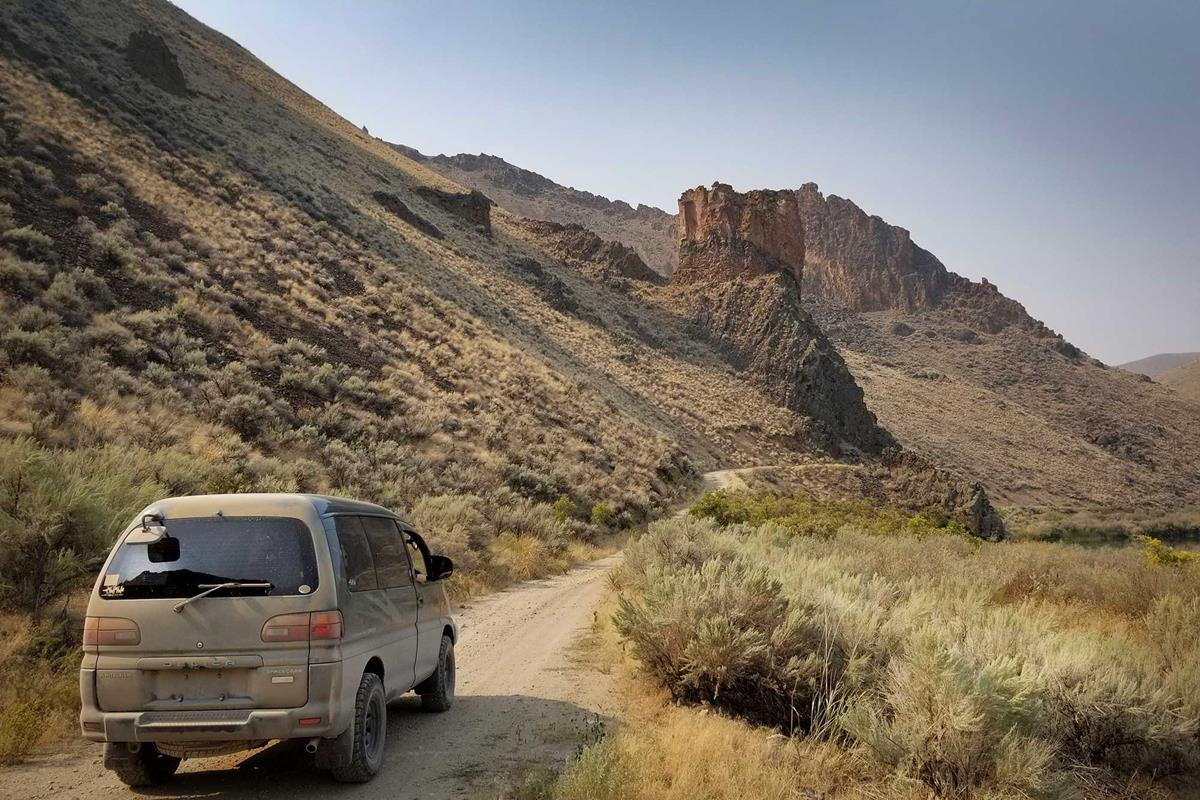
By being cognizant of the areas we travel through, outdoor enthusiasts can help set great examples by maintaining nature’s intended lifecycle.
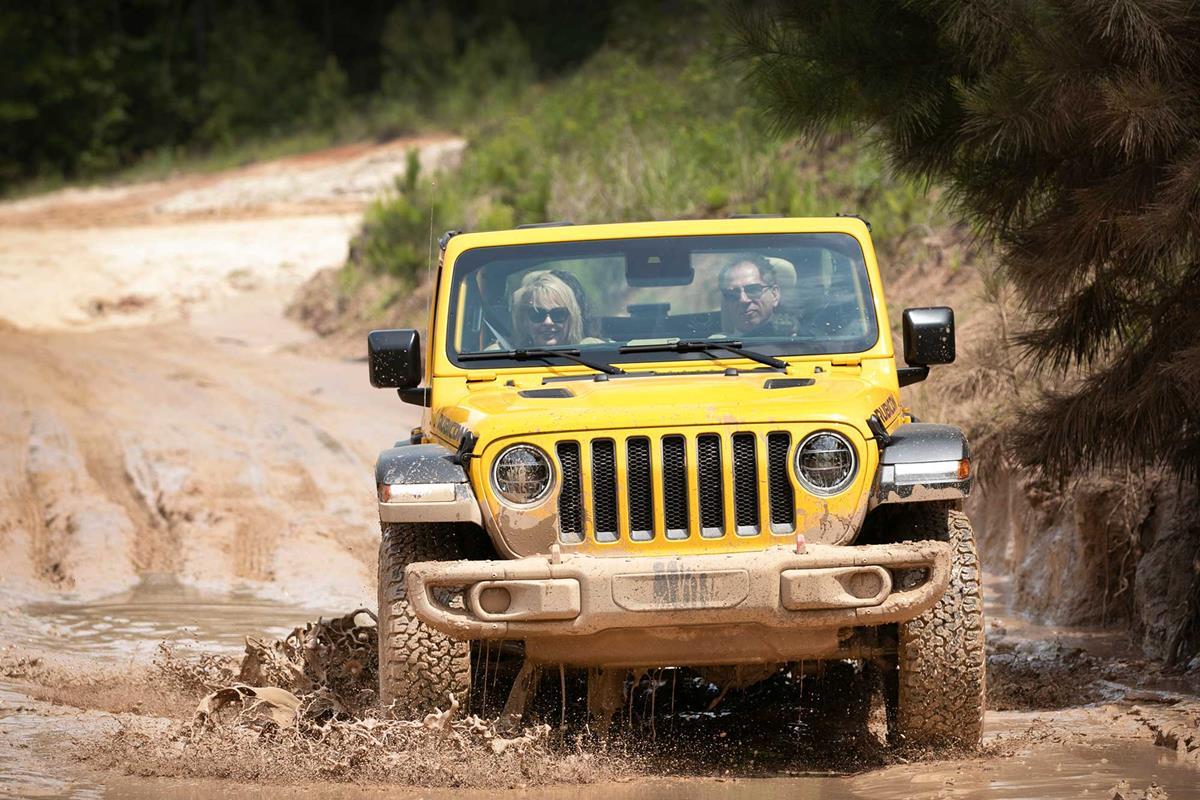
Basic Tread Lightly Principles
There are a host of guidelines to follow, no matter if you’re off-roading, mounting biking, hiking, walking, or even camping. Many of these carry over to all outdoor activities. Here are some basic off-roading tips to get you started:
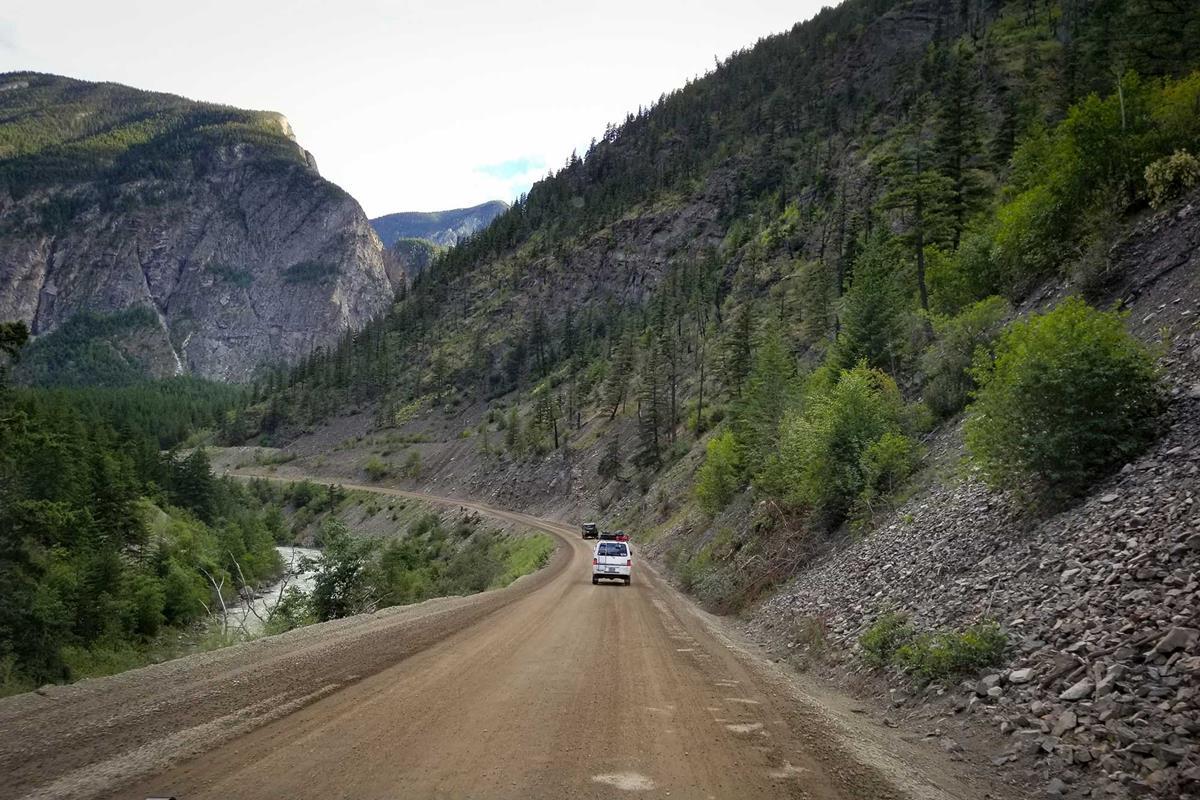
Other Important Principles
Be careful around horses, elk, bear, and other land-going wildlife. Slowing down or even stopping for wildlife won’t startle them and will let them pass through naturally. It will also lessen a potential confrontation, too, something none of us wants to have happen.
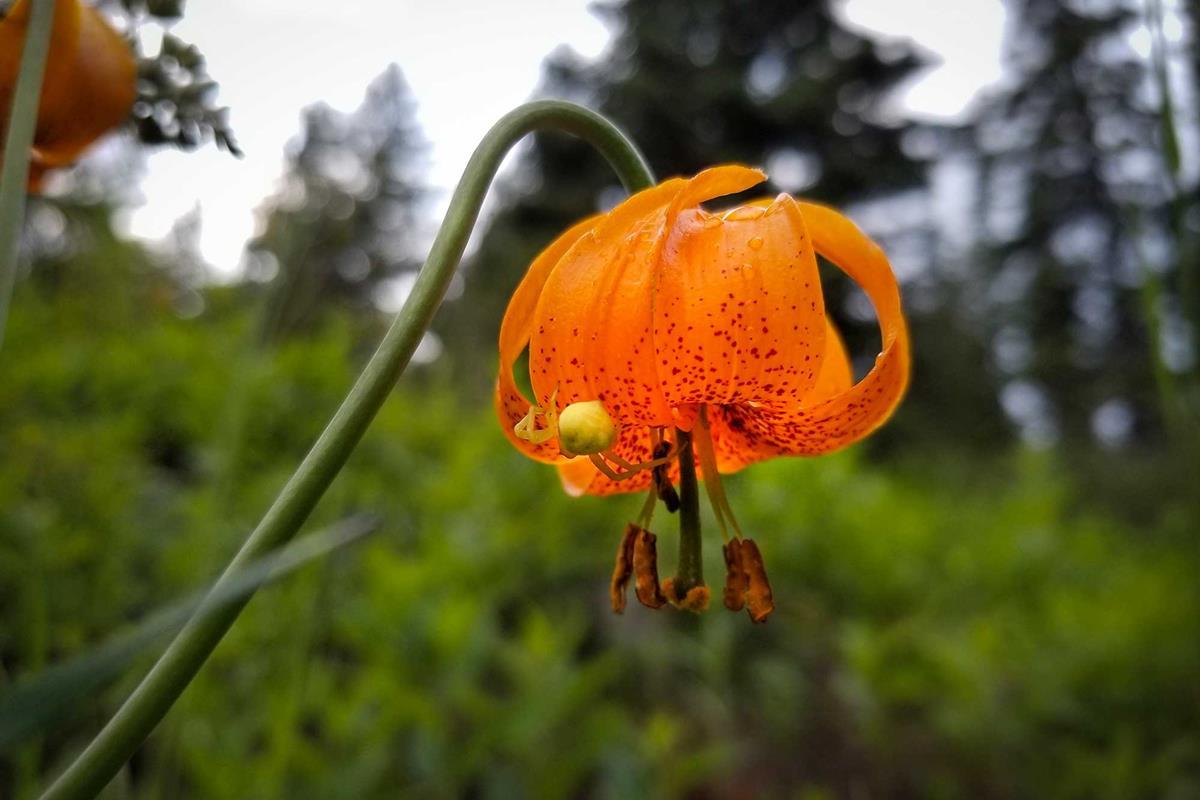
Don’t litter, and pick up any trash you do see. Grabbing garbage along the trail is a great way to tread lightly. Always pack out what you brought in (including bio-generated waste). Keeping a few trash bags on hand will ensure trail and campsite cleanliness.
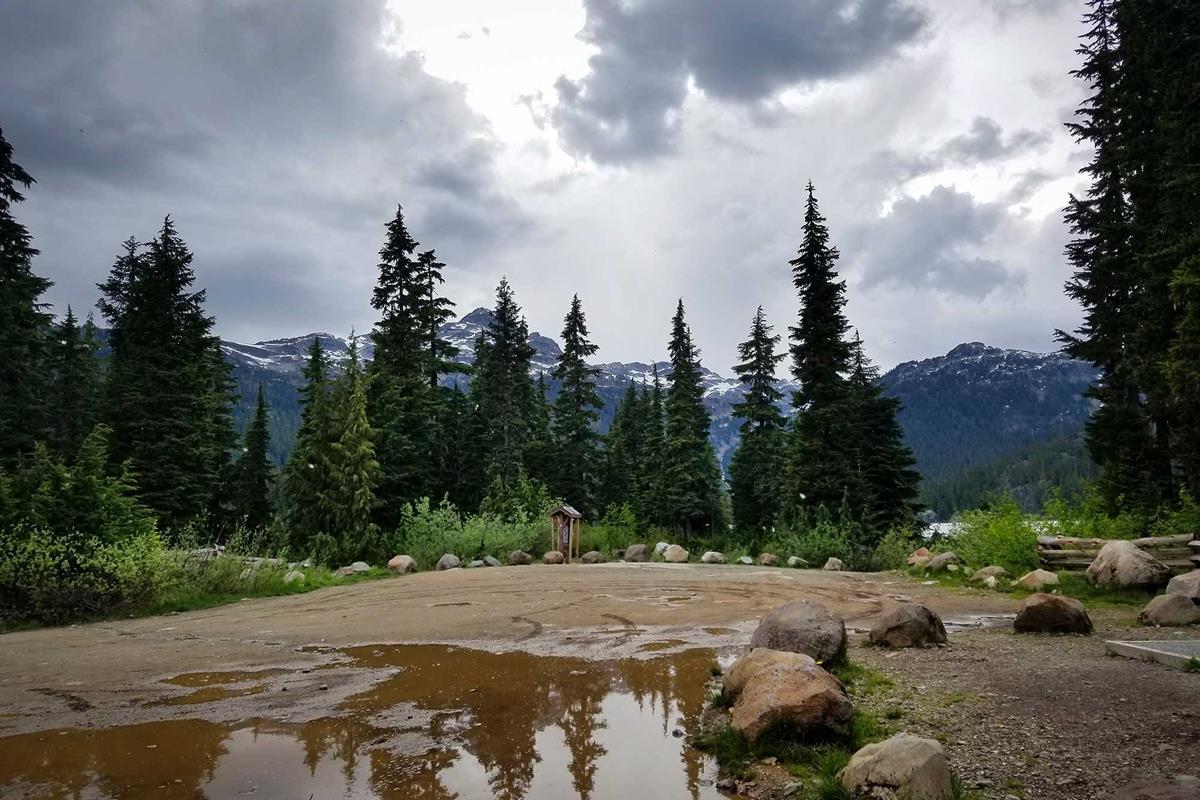
Always be prepared before you go. Research trail conditions and weather forecasts in all areas before you leave. Local Bureau of Land Management (BLM) agencies or local ranger stations are great resources to connect with before you travel.
They can inform you of nearby natural hazard areas or other unknown dangers. Many times they can also tell you what condition the trails you plan to run may be in (for example, whether recent rains washed parts out of them out or if wildfires have closed them altogether).
Being respectful of the land, as well as other adventurers around you, creates a caring and mindful community. This helps keep nature intact and trails of all types open for everyone to enjoy.
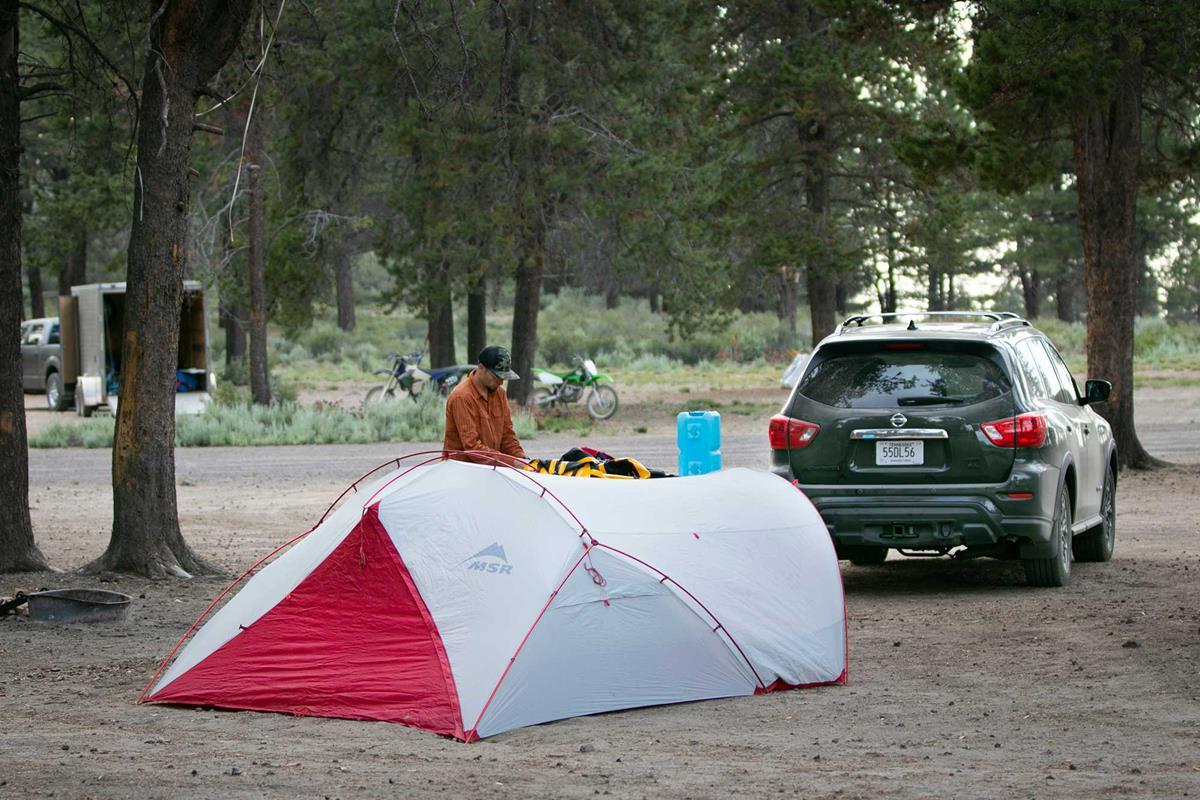
Camping Conscientiously
Many of us camp at conventional campgrounds. Others seek solitude away from the collection of campers and choose to overnight in the middle of nowhere. Some of these areas reside on BLM land. BLM land is public land. It can be appreciated by everyone.
The BLM allows dispersed, primitive camping where campers can stay up to 14 days in one place (within a 28 consecutive day period). BLM or Forest Service offices can help guide you to where you can and cannot camp in vulnerable backcountry areas.
Note that certain fees, permits, or restrictions can apply to BLM-managed campsites. Many campgrounds aren’t open year-round and have set rules (check out each site before you go). No matter if it’s a clearing on the side of a trail or if it’s an established BLM campground, remember to tread lightly to minimize your impact.
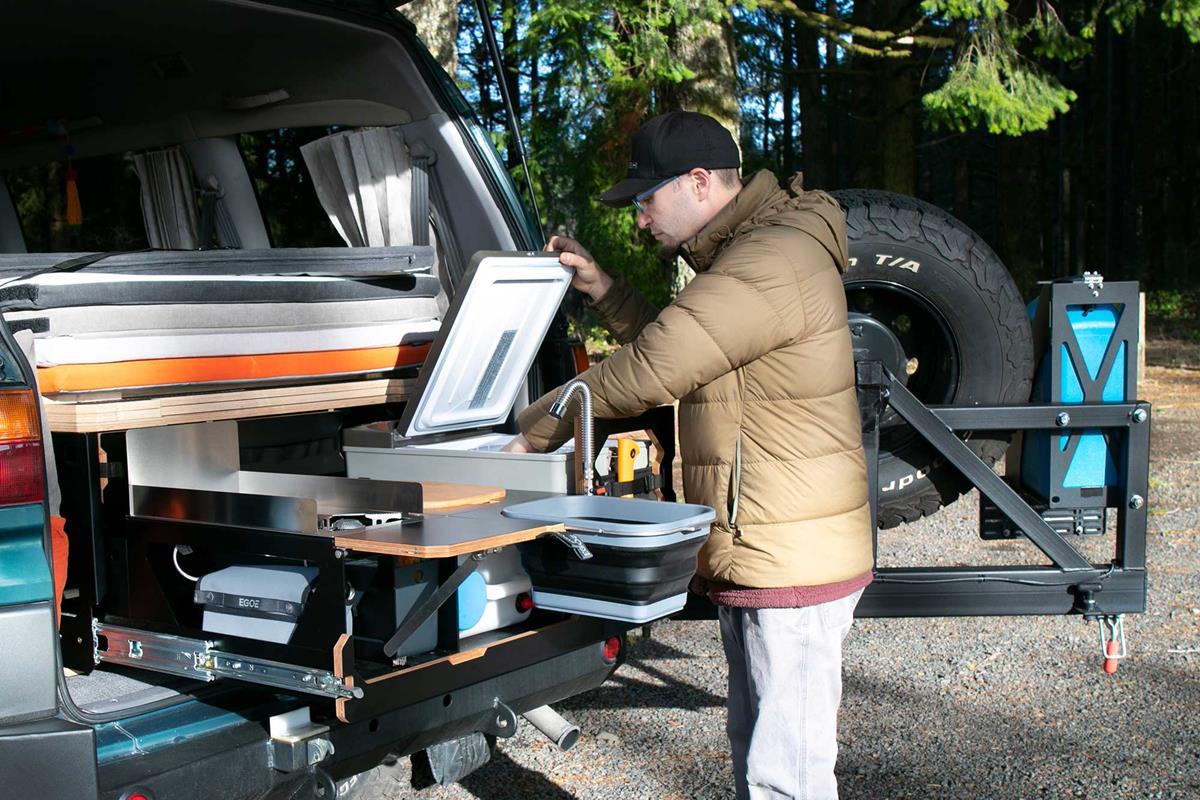
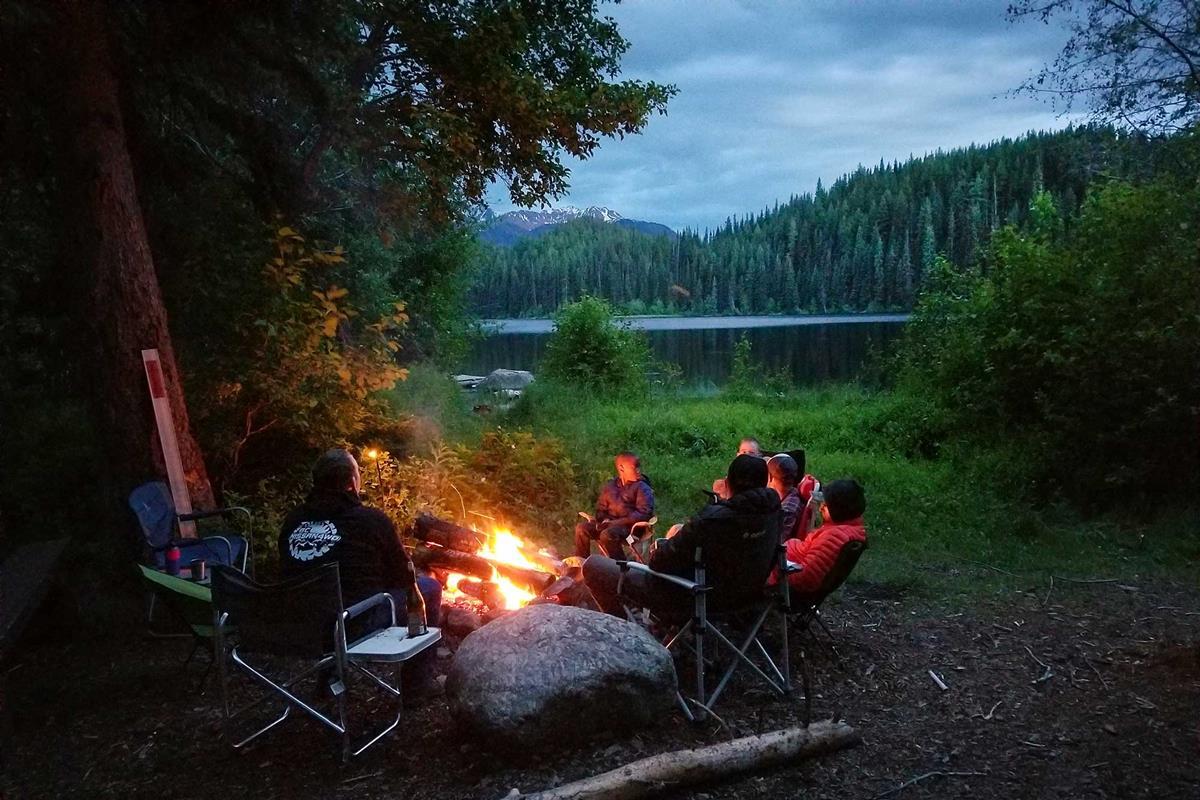
If you’re looking to boondock away from others at a non-established campsite, here are several primitive camping tips to keep in mind so that you leave no trace and ensure the local surroundings remain undisturbed.
Find a flat clearing that’s at least 200 feet away from water sources and delicate vegetation. Pack out what you bring in, especially pet waste. Pack out bodily refuse (ideal) or bury it at least six inches deep, away from water sources. Double check to make sure little white “flowerets” aren’t gracing you with their presence before you leave, too.
Be Courteous & Kind
No matter where you’re headed, doing proper research and arming yourself with maps and an emergency plan ahead of time can save you time, frustration, and potential issue when on the trail. If you’d like to venture down a specific path but it’s marked as private, it means it’s private: do not enter.
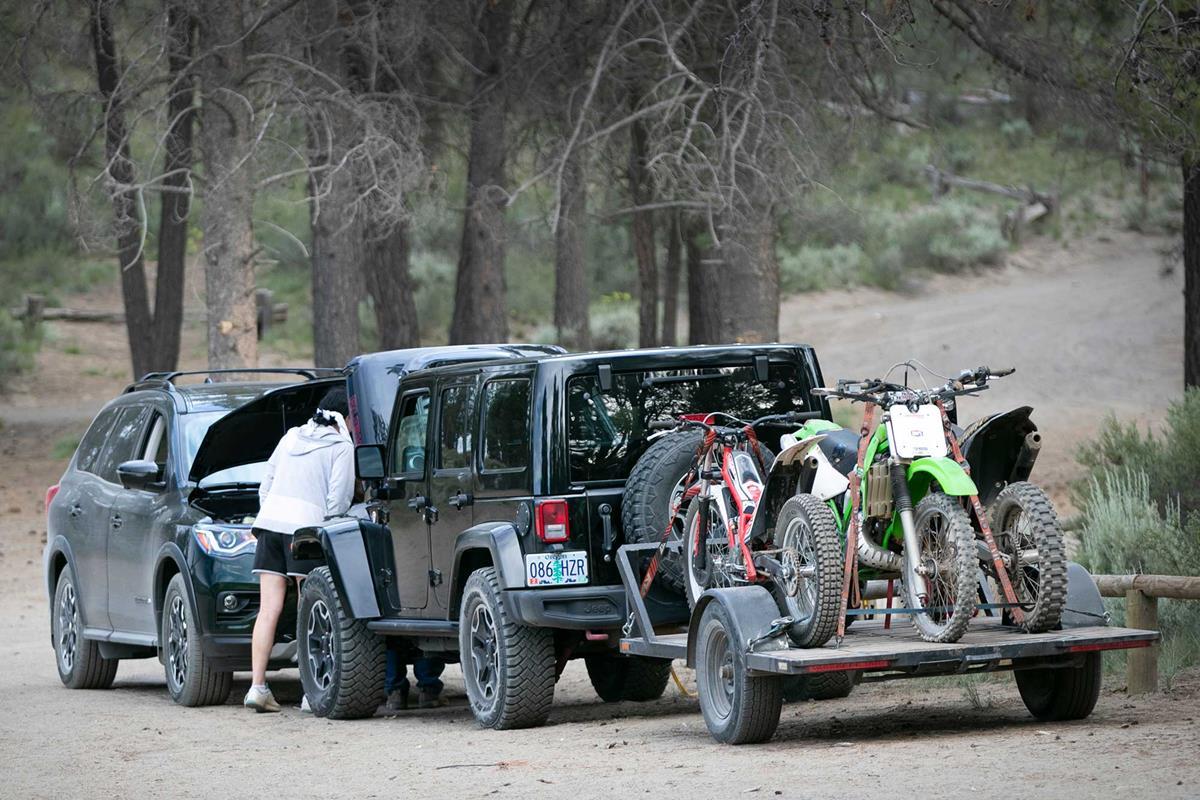
Be polite and courteous to others as you’d like to be treated. Travel only on designated trails or OHV areas and leave a minimal footprint wherever you go. Stop and help people if they appear to need assistance.
If you practice basic “tread lightly” and “leave no trace” principles, you set a positive example for others to follow. If we all pitched in to do a little more, we’d have a cleaner, greener, and healthier outdoor play space for us to enjoy. Isn’t that what we all want in the big scheme of things?
So, I challenge you to tread lightly and help spread the word to help keep the trails open for everyone to enjoy.
Careful Campfires
Here are a few helpful campfire tips to help stop wildfires and the spread of disease or invasive insects.
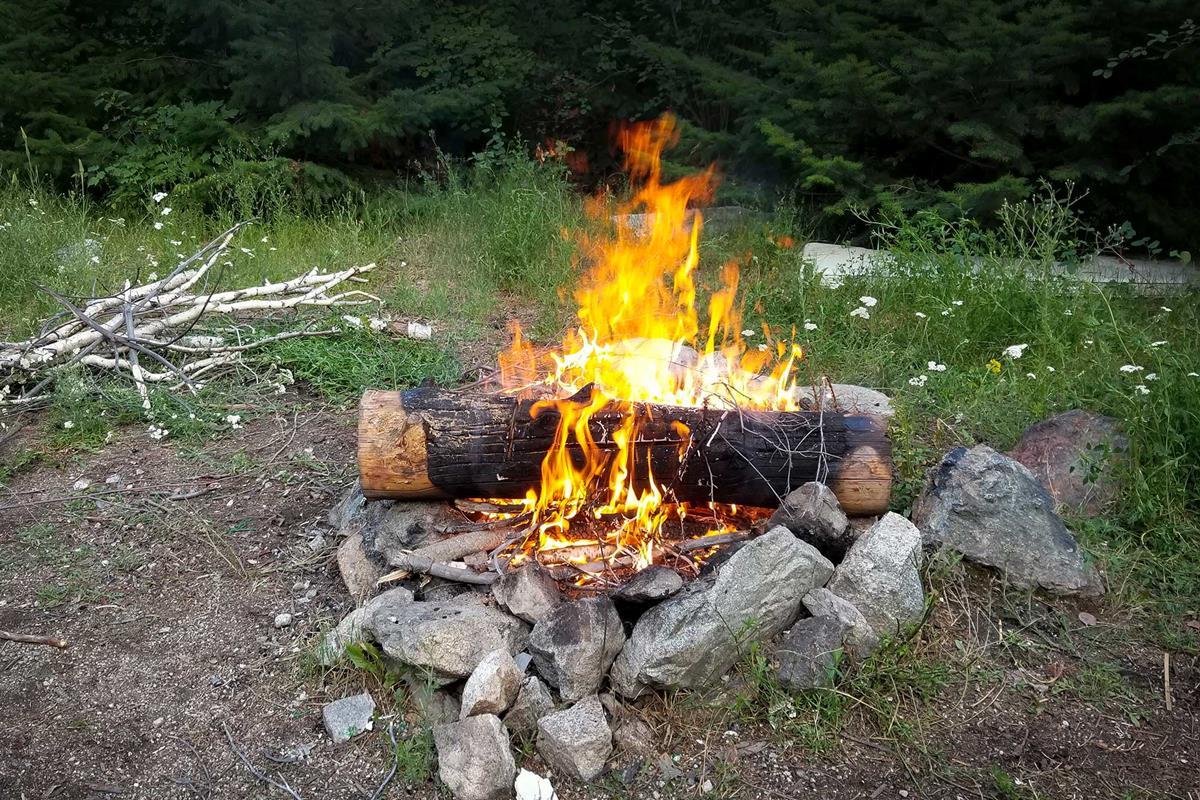
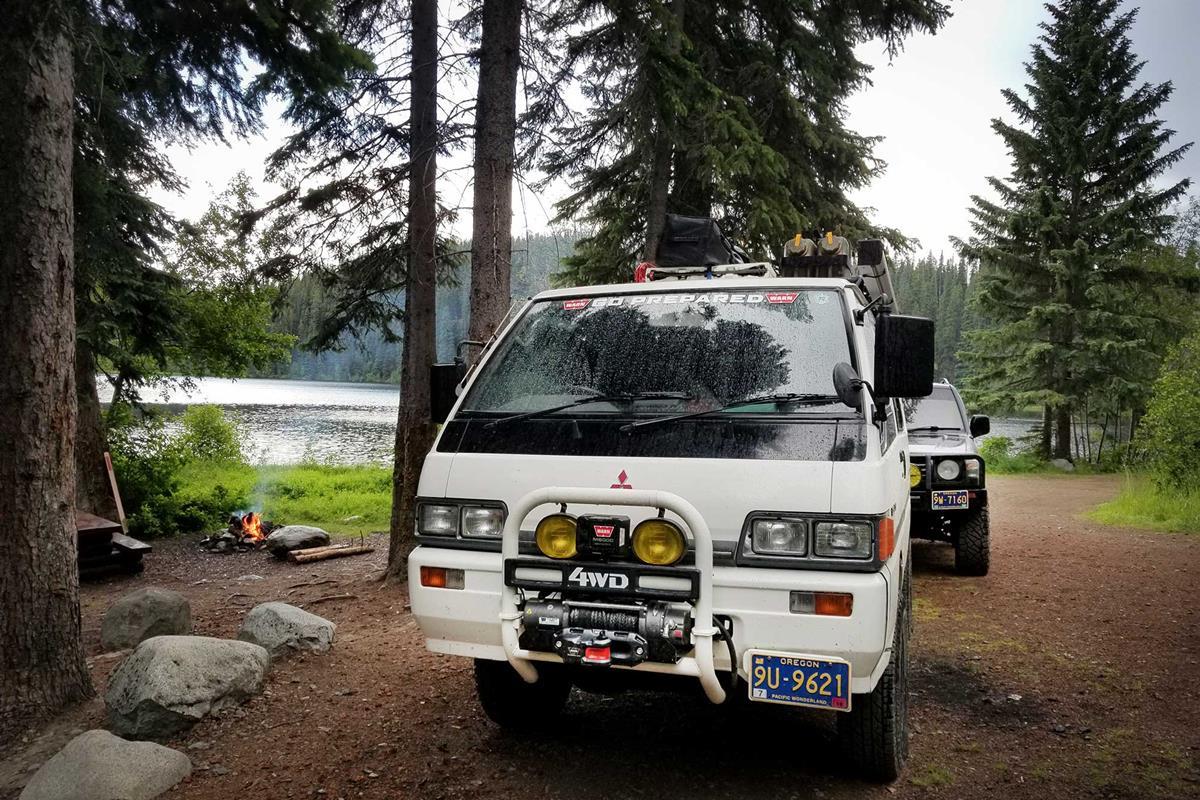
Being Proactive
There are many organizations that educate outdoor recreationists on how best to tread lightly whether on foot or by vehicle. A fittingly named non-profit organization called Tread Lightly!, along with its partners, leads a national initiative to protect and enhance recreation access and opportunities by promoting outdoor ethics to heighten individuals’ sense of good stewardship.
Tread Lightly!’s goal is to balance the needs of people who enjoy outdoor recreation with the overarching need to maintain healthy ecosystems and thriving populations of fish and wildlife.
OVR is a proud partner of Tread Lightly! and we encourage you to learn more about the and how to get involved by visiting the organization’s website at treadlightly.org.
Access More Great Stories!
This article originally appeared in OVR Issue 03. For more informative articles like this, consider subscribing to OVR Magazine in print or digital versions here. You can also find the print edition of OVR at your local newsstand by using our Magazine Finder.